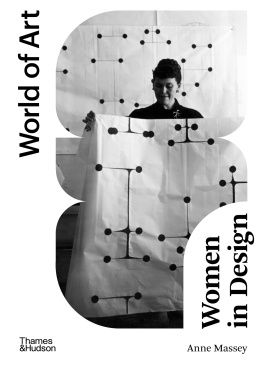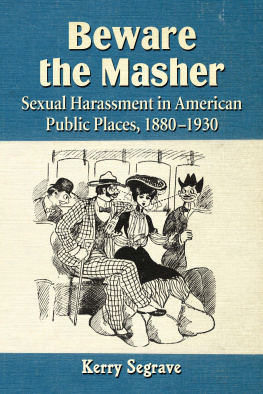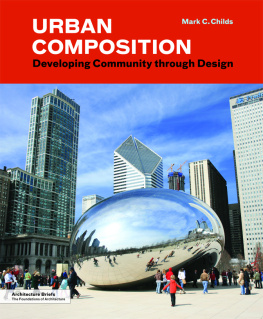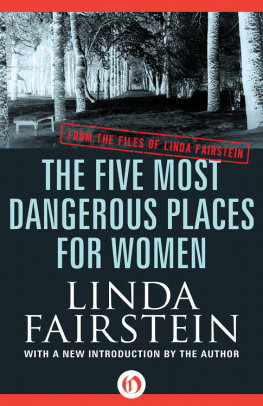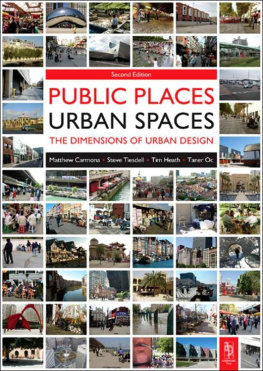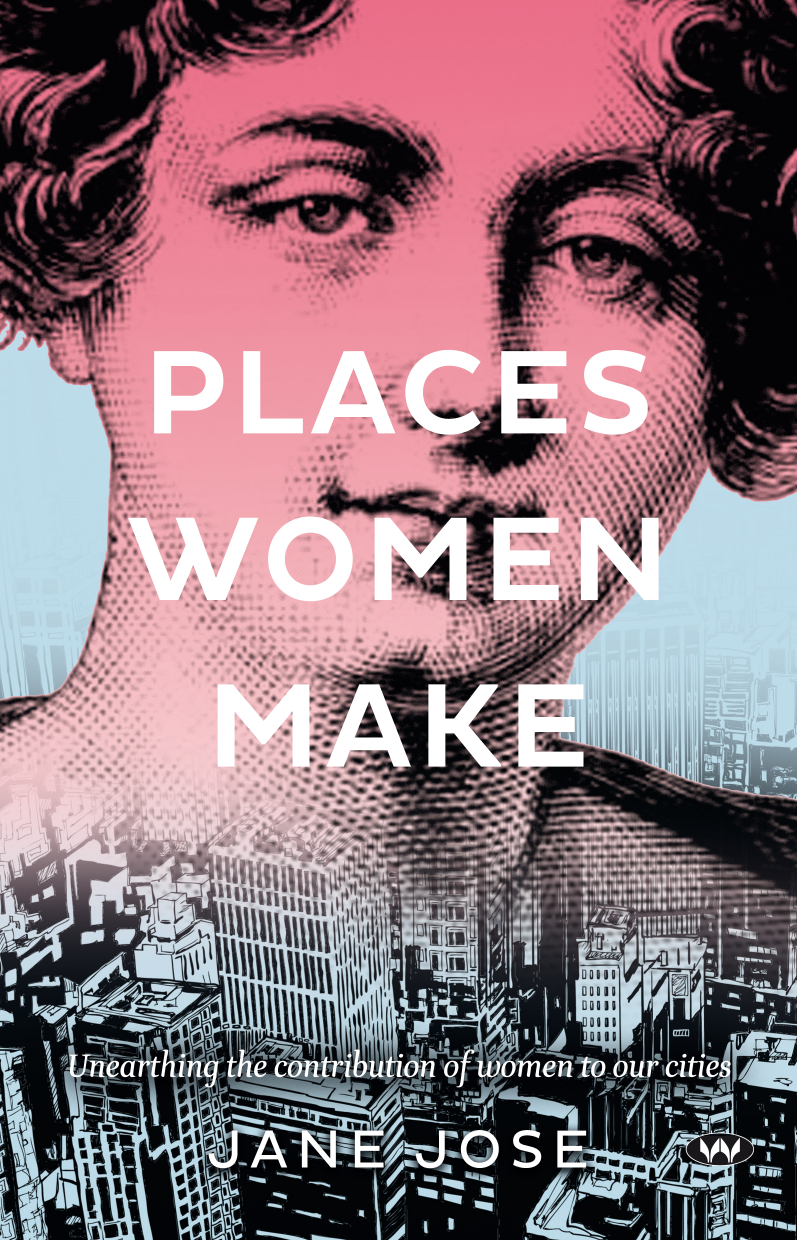
Wakefield Press

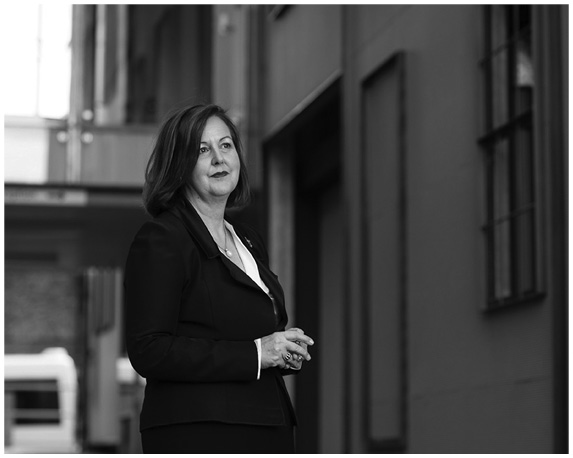
Jane Jose is an urbanist, author and CEO of Sydney Community Foundation. Cities and community life are her passion. In this book she celebrates women who have given us places that are loved and suggests how essential this contribution will be to making cities more liveable for future generations.
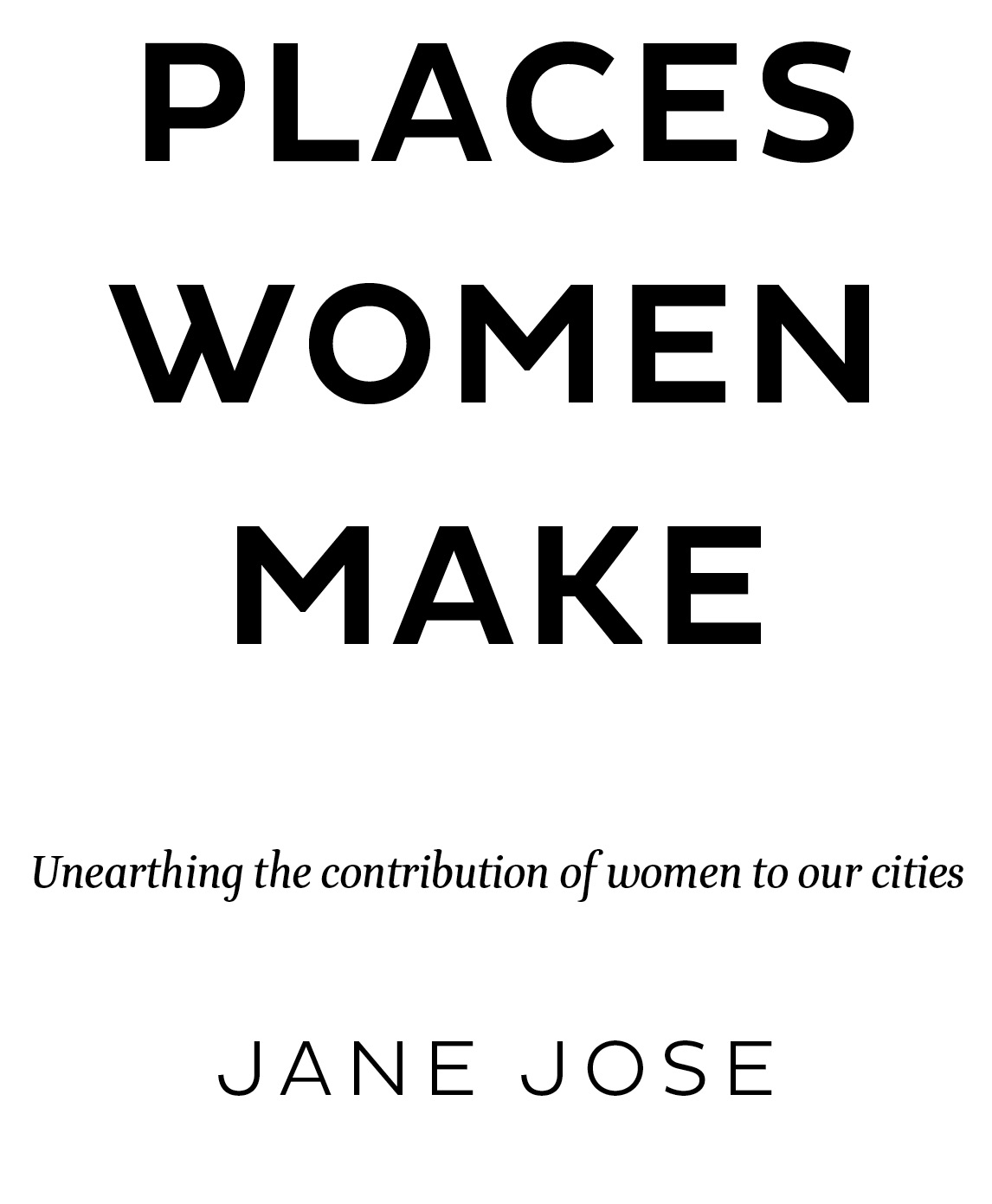

Wakefield Press
16 Rose Street
Mile End
South Australia 5031
www.wakefieldpress.com.au
First published 2016
This edition published 2016
Copyright Jane Jose, 2016
All rights reserved. This book is copyright. Apart from any fair dealing for the purposes of private study, research, criticism or review, as permitted under the Copyright Act, no part may be reproduced without written permission. Enquiries should be addressed to the publisher.
Cover designed by Liz Nicholson, designBITE
Ebook conversion by Clinton Ellicott, Wakefield Press
National Library of Australia Cataloguing-in-Publication entry
Creator: Jose, Jane, author.
Title: Places women make: unearthing the contribution of women to our cities / Jane Jose.
ISBN: 978 1 74305 400 0 (ebook: epub).
Subjects:
Women and city planningAustralia.
Urban womenAustraliaSocial conditions.
WomenAustraliaAttitudes.
Community development, Urban.
Social participationAustralia.
Dewey Number: 305.40994
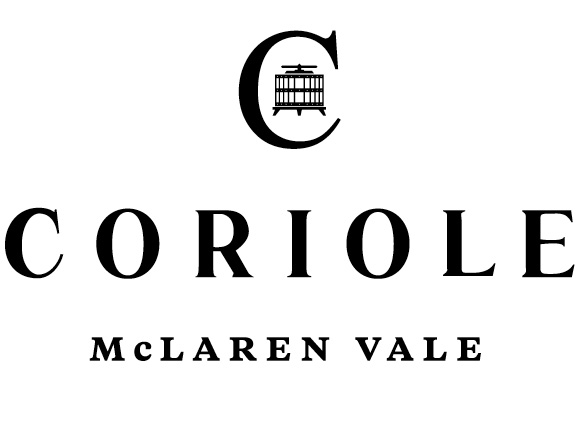
For my sons with love
and for tomorrows children
CONTENTS
Designing a dream city is easy,
rebuilding a living one takes imagination.
The Death and Life of Great American Cities, 1961,
Jane Jacobs, humanist and urbanist
PREFACE
Australia is one of the worlds most urbanised countries, with eighty-nine per cent of its population living in urban areas primarily on the eastern seaboard. Yet the written and visual narratives about women that I grew up with were about women in the outback. As a farmers daughter I did not question that. I lived in isolated areas, where women created homes and community places against the odds. The stories of the Drovers Wife, Daisy Bates and Ruby Langford were the stories that captured our imagination. I can think of no urban heroine from my youth.
Jane Jose redresses this imbalance as she explores and records the contribution women make to improving the liveability of our urban places. She sees women as the unsung heroines of our cities. What a pleasure it is to read the stories of women who have become major players in shaping our cities. And women married to powerful men who were not afraid to use their influence to improve the public domain when power was not available to them. I asked myself why I had I not heard of Diamantina Roma, the wife of Brisbanes first Governor, Sir George Ferguson Bowen, who in 1859 arrived in Brisbane. Brisbane will never be the same to me as I walk through Roma Street and recall the words of the then Governor-General, Quentin Bryce:
I think of her influence in the salons of Brisbane, meeting people in its dusty streets, encouraging music and culture, establishing hospital facilities, motivating her peers and charming foreign and local visitors.
There are many other women we meet in this book whose names will be unfamiliar to readers, despite their contributions as activists, architects, writers, landscape architects, local government leaders and philanthropists.
There is sympathy and understanding for those women architects and designers who worked with their partners and received little recognition for their work. There can be no better illustration of this than the architects and designers of Canberra, Walter Burley Griffin and his wife Marion Mahony Griffin. It was years before the scope of Marion Mahonys work was understood, although there is no evidence that she felt undervalued. However, when the woman in the partnership is invisible, the loss is not just personal. It has unintended consequences and suggests that there is a lack of female competency, interest and capacity in the design of our urban spaces. The evidence suggests otherwise, as the rise of young women architects, engineers and designers form social media groups and lobby for a stronger role in their environment.
Women are passionately interested in the design of their urban spaces.
Jane Jose has invited us into her life as an urbanist, a title she assumed as she increasingly worked in the world of planners and architects. She cares deeply about urban spaces and has spent much of her professional life trying to make them better places for communities to flourish. The book is warm, engaging and optimistic, and encourages us to celebrate our newly discovered urban heroines.
Jane Jose has written Places Women Make at exactly the right time. The city of the future is now our living room and the generation born in the 1980s is likely to be Australias first apartment-dwelling generation. It will look to shared public places for its sense of belonging to a community. As womens participation in the workforce rises and families move to the inner city, we will live differently. We need the skills and sensibility of women to create special places, places where the architecture is not hostile to the spaces women make.
Any woman who wants to change her world can start by picking up this book and be inspired to action by the number of women upon whose shoulders she can stand.
Wendy McCarthy, AO
Feminist, Educator, Community Leader
INTRODUCTION
THE CITY IS OUR
LIVING ROOM
Up amongst the treetops of the old figs that circle the driveway of Number 8 Birtley Place, Elizabeth Bay, I first became an apartment dweller. This mansard-roofed, textured brick building is a local landmark in Sydneys east. A flat in one of Australias first high-rise apartment buildings, designed in 1934 by the architect Emil Sodersten, was my first real experience of urban life. It was Sydney, but inside the building with its art deco flourish, it felt like Manhattan.
Before that, like many baby boomer Australians, I had lived in a house that had a garden. For me it was in a quiet street in Adelaide. Elizabeth Bay and Potts Point, where I now live, is Sydneys mini Manhattan, not so quiet, yet maybe Australias ideal urban village. Moving from a house and garden to live without my own backyard meant that the city, its street cafs and parks, and especially its harbourside parks, quickly became my outdoor living room, a retreat on Sunday morning with a book or the papers. I learned that the way public places are designed and what they offer us changes our mood and how we feel as we live every day. And more and more Australiansand indeed global citizenswill be living in apartments in the twenty-first century. Shared public places and the way they are created will be crucial to successful, enjoyable urban life.
Next page

